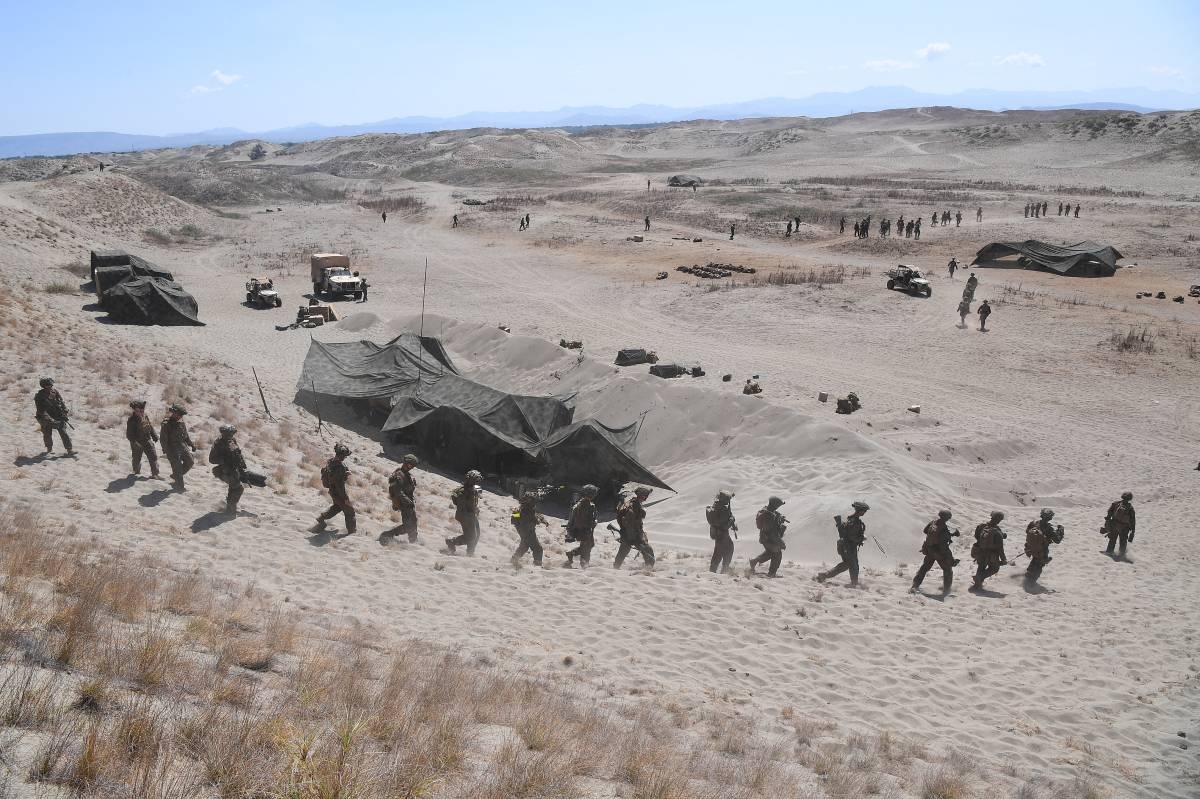The Changing Landscape of Santa Ana: From Tourist Destination to Strategic Military Base
The coastal town of Santa Ana, located on the northeastern tip of the Philippine mainland, has long been a popular destination for tourists seeking its pristine beaches, majestic waterfalls, enchanting fireflies, and even a few casinos. However, the tranquil atmosphere of this laid-back town of approximately 35,000 residents is undergoing a significant transformation due to its newfound strategic importance to the United States.
The United States and the Philippines, longstanding treaty allies, have identified Santa Ana in the northern Cagayan province as one of nine primarily rural areas where rotating batches of American forces could establish indefinite encampments and store their weapons and equipment on local military bases. This development is made possible through the Enhanced Defense Cooperation Agreement between the two nations.
The presence of American forces in Santa Ana marks a significant shift in the town’s dynamics. Thousands of US forces had previously withdrawn from two major navy and air force bases in the Philippines in the early 1990s, marking the end of nearly a century of American military presence in the country. However, in recent years, Washington has been actively reinforcing its military alliances in Asia as a response to an increasingly assertive China, which it now perceives as its greatest security challenge.
This strategic realignment aligns with the Philippines’ efforts to strengthen its external defenses, particularly in light of the territorial disputes with Beijing in the South China Sea that escalated in recent years. These confrontations have resulted in injuries to Filipino navy personnel, damage to their boats, and strained diplomatic relations between the two nations.
Santa Ana, a remote town, finds itself caught in the geopolitical rivalry between the United States and China due to its strategic location. It lies across a sea border from Taiwan, the self-governing island that China considers a renegade province to be reclaimed by force if necessary. The United States has pledged to defend Taiwan, further heightening tensions in the region.
While some villagers in Santa Ana express apprehension about living near US forces, Governor Manuel Mamba vehemently opposes the looming US military presence, fearing that it would make Cagayan a potential military target for China. On the other hand, other villagers believe that the Philippines needs the Americans as a crucial counterweight to China’s military might, which they perceive as a threat to Manila’s territorial interests in the South China Sea.
Romeo Asuncion, a planning and economic development officer in Santa Ana, highlights the disparity in military capabilities, stating, “There’s no choice. If you compare the number of our forces with that of China, they have much, much more. If the Americans are here, they would protect us whatever happens.” Additionally, there is the prospect of economic benefits and aid from the US military presence, which could potentially include infrastructure development such as schools.
Rowena Castillo, a consultant to the town’s mayor, sees the wider attention on Santa Ana as an opportunity to boost tourism. She has been actively promoting the town’s beach resorts, waterfalls, historic lighthouse, crocodile-shaped island, and the mesmerizing firefly area through brochures and other marketing efforts.
It is important to note that even without the presence of US forces, Santa Ana would likely be affected in any major-power military showdown due to its relative proximity to Taiwan. Recognizing this reality, authorities and village leaders have recently engaged in discussions initiated by the local military to develop contingency plans. These plans include the establishment of emergency shelters for potential refugees in the event of escalating tensions between China and Taiwan.
Marion Miranda, Santa Ana’s disaster-mitigating officer, highlights the challenges associated with accommodating potential refugees and the need for adequate budgetary provisions. In another rural town in Cagayan called Lal-lo, part of the airport has been designated as a possible encampment site for American forces.
Unlike the two massive military bases that American forces previously occupied, including the navy base at Subic Bay, which was roughly the size of Singapore, the presence of US forces in Santa Ana is expected to be more discreet and focused on rotational deployments. This approach reflects the evolving nature of military strategies and the need for flexibility in responding to regional security challenges.
In conclusion, the transformation of Santa Ana from a tranquil tourist destination to a strategically important military base is a reflection of the changing geopolitical dynamics in the Asia-Pacific region. The presence of American forces in Santa Ana not only serves as a counterbalance to China’s growing influence but also raises concerns and opportunities for the local community. As this shift unfolds, it is crucial for all stakeholders to navigate the delicate balance between security considerations, economic benefits, and the preservation of Santa Ana’s unique natural beauty.







